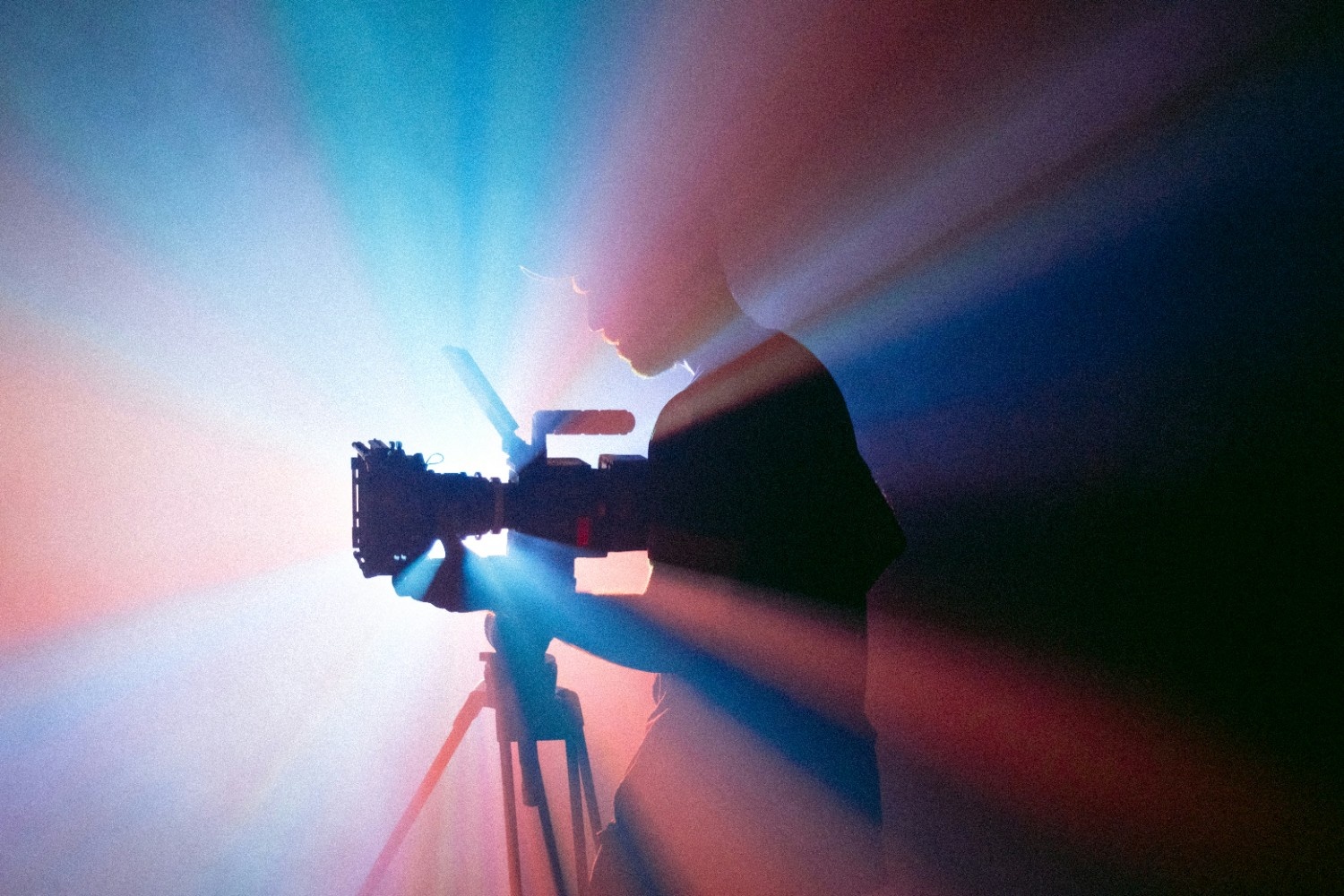When Bollywood Brought Costume Drama to the Met Gala
6 Min. ReadIn storytelling, aura can be powerful. And sometimes, an aura comes dressed in silk, feathers, or a turban. Costumes, whether on screen or on the red carpet, speak louder than words, revealing who a character is, what they believe, and who they’re becoming. From Nina’s dark transformation in Black Swan to Padmavati’s opulence in Padmaavat, the wardrobe isn’t just decoration; it’s character.
This week, Shah Rukh Khan and Diljit Dosanjh brought that idea to a global stage: the 2025 Met Gala.
When Threads Tell Tales of Inner Worlds
Costume design in film has long been underestimated, seen as an accessory rather than the story itself. But when crafted with intention, a wardrobe doesn’t just reflect a character’s personality; it reveals their arc, conflicts, and emotional state.
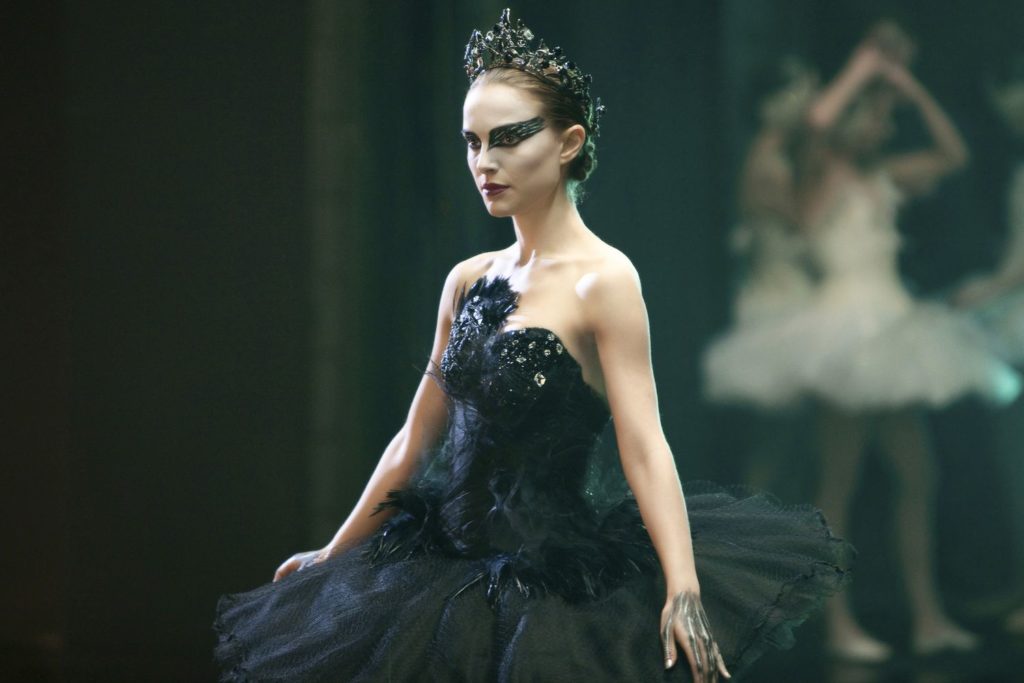
In Darren Aronofsky’s Black Swan, the main lead Nina’s mental descent unfolds through costume. From soft pinks and whites symbolising fragility and innocence to black feathers, red eyes, and cracked makeup that capture her unravelling better than dialogue ever could.
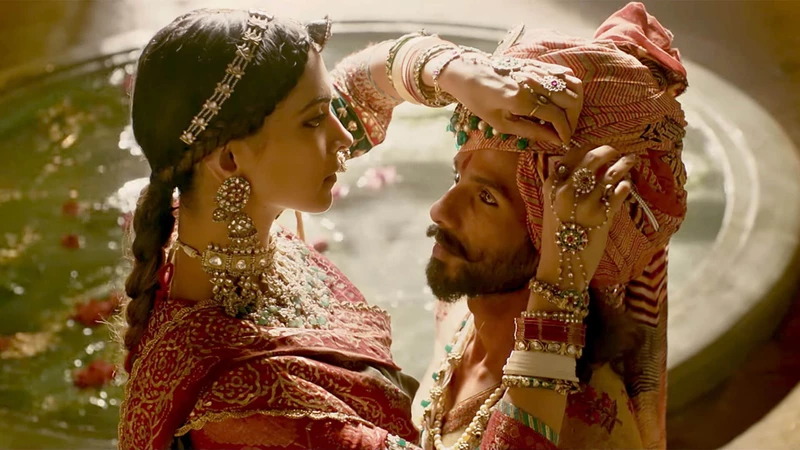
Similarly, in Padmaavat, Sanjay Leela Bhansali uses costumes as visual storytelling. Rani Padmavati’s regal silks and heavy jewellery reflect grace, honour, and sacrifice. In stark contrast, Alauddin Khilji’s militaristic garb of dark leather and metal accents mirrors chaos and hunger for power. Virtue versus vice is told as much through clothing as actions.
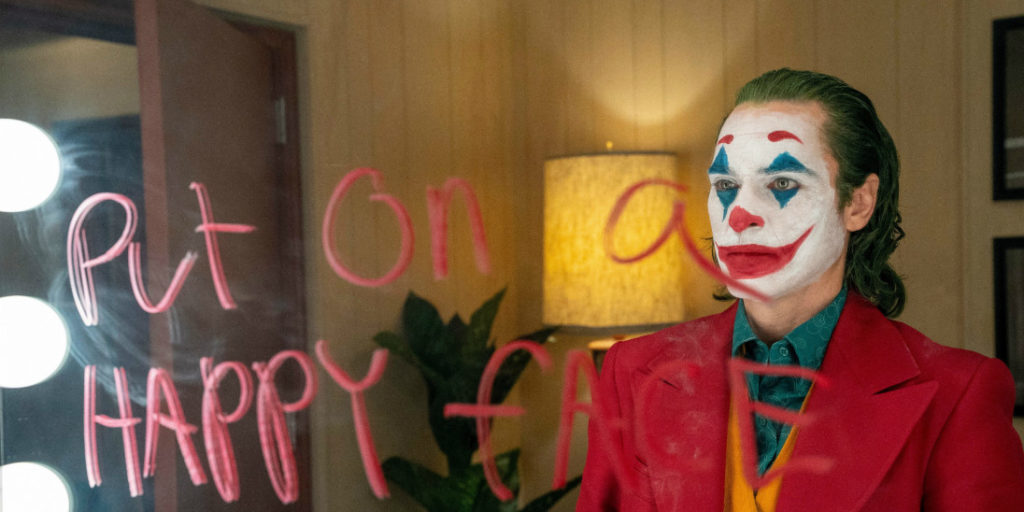
Even in Joker (2019), Arthur Fleck’s transformation from a broken man to a chaotic figure is stitched in his wardrobe. Pale, shabby thrift looks evolve into a riotous red suit, dripping with defiance.
In each case, costume becomes a co-author—subtle, symbolic, but unforgettable.
Cinema’s Silent Narrator
In film, a costume is never just an outfit. It’s an emotional cue, a cultural signifier, a timeline of inner change.
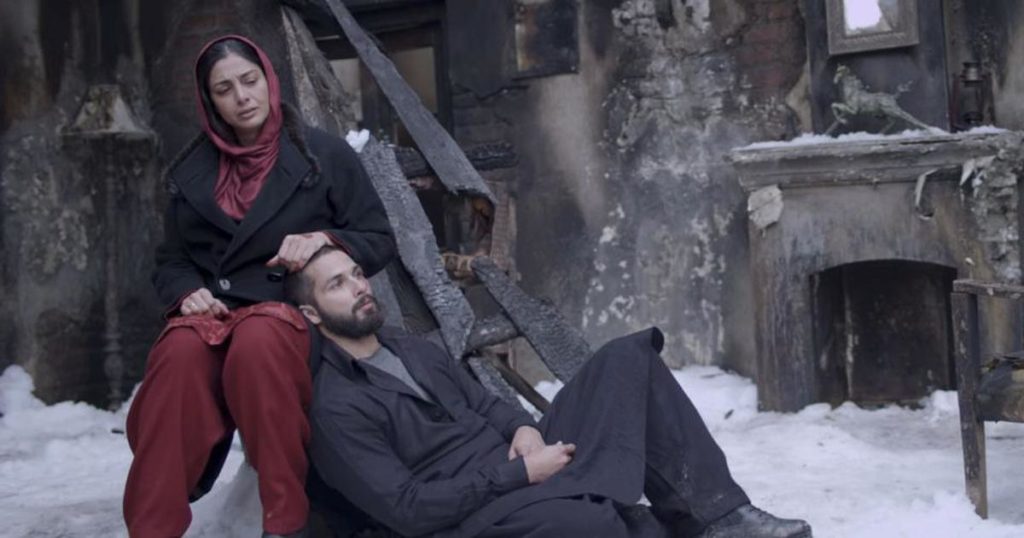
In Haider, Roohdaar’s woollen shawls and weather-beaten layers echo not just the Kashmiri winter, but the grief and ghostliness he carries—part man, part memory. Meanwhile, Haider’s shift from student to avenger is marked by a gradual abandonment of warmth and colour.
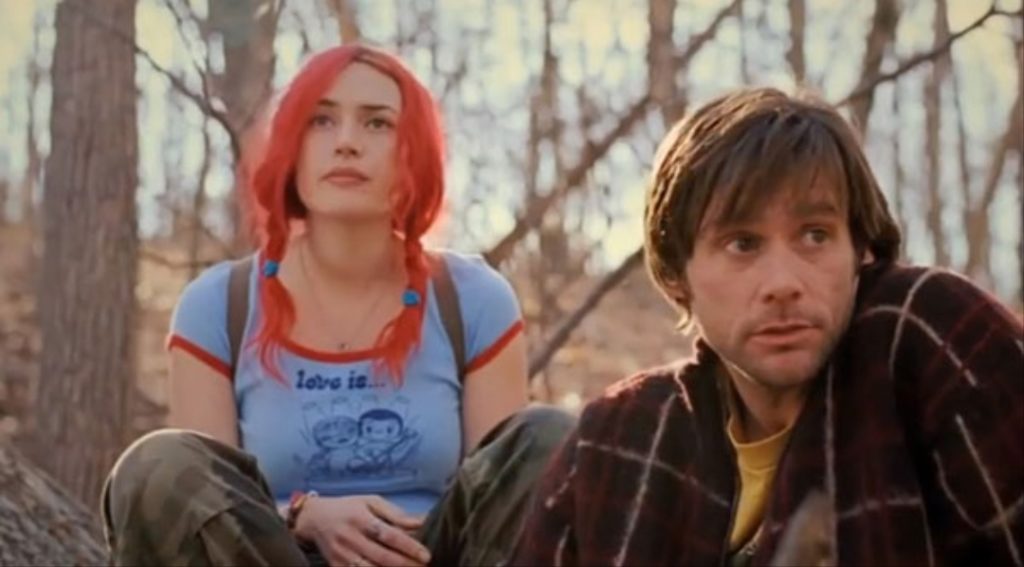
Similarly, in Eternal Sunshine of the Spotless Mind, Clementine’s hair colour becomes an emotional reflection: electric blue for impulsiveness, red for love, green for uncertainty—her costumes act as timestamps for Joel’s fragmented memories.
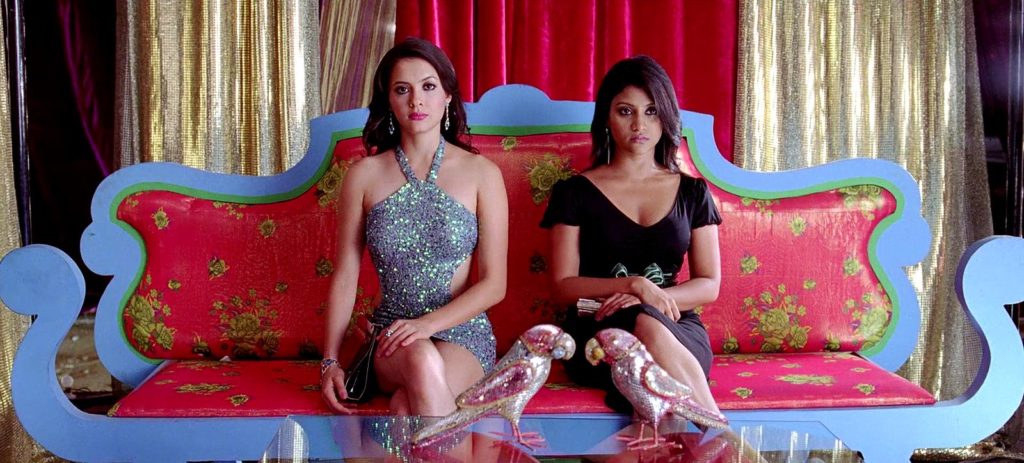
Even in Luck by Chance, Sona’s simple kurtas contrast starkly with the glitzy world she longs to belong to, and even as she edges closer to success, she never fully adopts its sparkle—her clothes keep her grounded, a quiet rebellion against industry artifice.
Costumes here don’t just reflect character, they forecast it, betray it, and sometimes even protect it.
From Reel to Real: The Met Gala Stage
This year’s Met Gala embraced the theme, “Superfine: Tailoring Black Style”, spotlighting the rich legacy of Black dandyism and its profound influence on fashion and identity.
The gala’s dress code, “Tailored for You”, invited attendees to interpret the theme personally, resulting in a diverse array of bespoke ensembles. Two of our very own made their debut at fashion’s biggest stage.
India’s ultimate icon, Shah Rukh Khan’s regal black attire, echoed the quiet power of a screen legend who doesn’t need embellishment to command attention. While Punjabi popstar Diljit Dosanjh’s white kurta and turban turned the simplest of garments into a subversive spotlight, refusing Western glam codes, and in doing so, redefining them.
Shah Rukh Khan: The King Arrives

Shah Rukh Khan, the “King” of Bollywood, made his much-anticipated Met Gala debut in a look that fused luxury tailoring, Indian iconography, and the flair of Black Dandy fashion. Designed by Sabyasachi, his ensemble: black trench, silk shirt, high-waisted trousers, and satin kamarbandh, evoked both royal Indian courts and the expressive elegance of dandies who’ve used style as resistance. And of course, the outfit would be incomplete without the aura that is “SRK”.
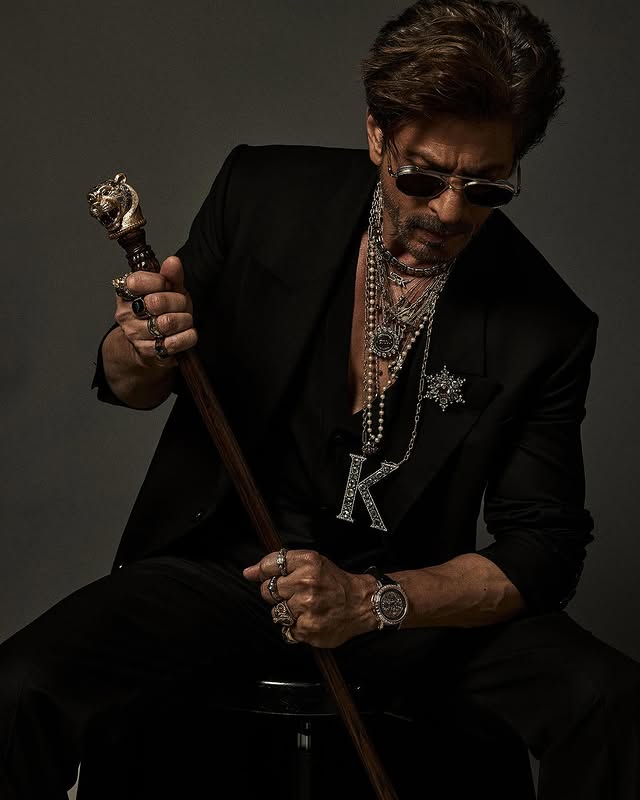
It was the details that made it unforgettable. A crystal-studded ‘K’ chain, a diamond starburst brooch fit, and a gold cane crowned with a roaring Bengal tiger turned his look into legend. Like the dandies before him, SRK used fashion to command space, attention, and power.
In that moment, he became the cinematic archetype he’s known for: the anti-hero, the tragic lover, the East-West bridge, bringing Bollywood myth and magnetism to the Met steps.
Diljit Dosanjh: Punjab on the World Stage
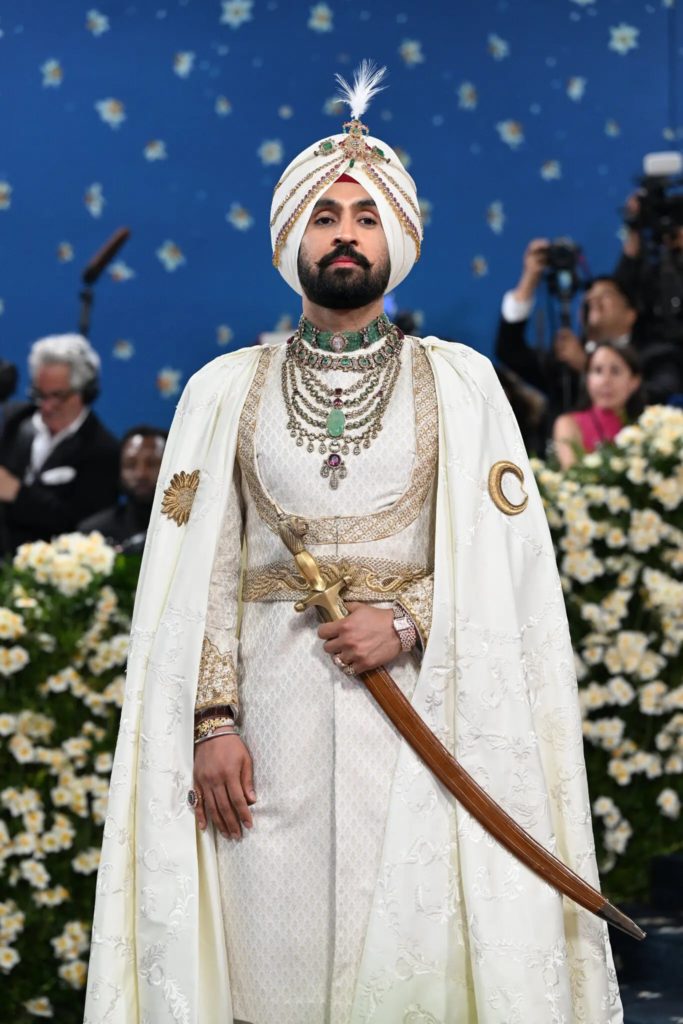
If Shah Rukh Khan played King, then Diljit Dosanjh brought the soul. The Punjabi pop star donned an all-white royal Sikh ensemble by Prabal Gurung, channelling a modern-day maharaja.
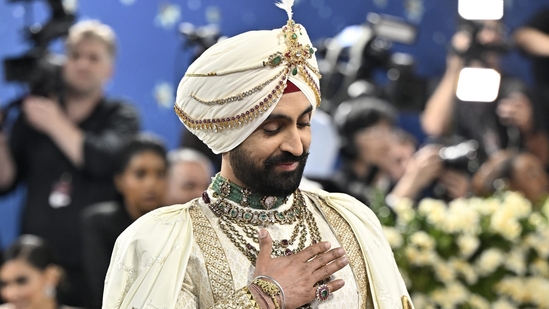
His attire included a tailored bandhgala, a traditional turban, and a ceremonial jewel-encrusted sword, an emblem of Sikh valour and dignity. The centrepiece? A custom cape embroidered with Gurmukhi script inside a map of Punjab; a love letter to the land that made him. This was more than heritage dressing; it was cultural authorship. He wasn’t showcasing Punjab to the world, and he was reminding them that it has always been here.
Further enhancing his look were the Maharaja Bhupinder Singh of Patiala-inspired jewels customised by Jaipur-based Golecha Jewels. True to his persona, his presence at the Met wasn’t about fitting in; it was about standing tall as a symbol of cultural representation, resilience, and rhythm.
Fashion as Dialogue, Not Just Design
At this year’s Met Gala, Indian representation transcended red carpet appearances, becoming a masterclass in storytelling through attire.
But this moment wasn’t just about the men.
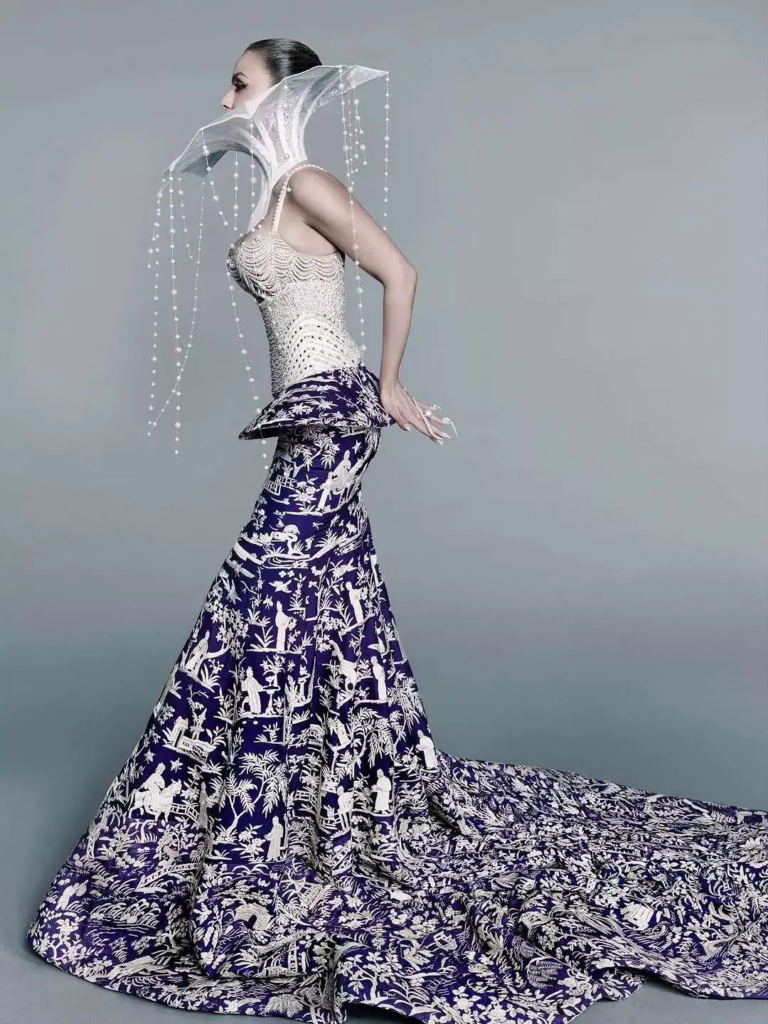
Met veteran Natasha Poonawalla brought the intricate embroidery of the Parsi Gara to an international stage, transforming a traditional textile into a statement of global relevance. Each thread in her outfit was a stitch through time, honouring her roots while rewriting the rules of red carpet glamour.

Similarly, Diya Mehta Jatia, sister to Shloka Mehta, donned a Nehru cap; an elegant, thoughtful detail. In a room filled with couture extravagance, her understated accessory, a quiet tribute to India’s heritage, offered a powerful reminder that minimalism can also be revolutionary.
The garments of these Indian icons spoke when words would have fallen short. They didn’t just participate in global fashion; they challenged it, layered it with meaning, and made it multilingual. On a night where everyone dresses to impress, these Indians dressed to express.
The Thread That Connects
Costume design, whether on screen or on the Met steps, is about transformation. It’s about telling the truth about a person without them ever speaking. When Shah Rukh Khan holds a tiger cane and Diljit Dosanjh drapes a map of Punjab across his shoulders, they are doing what great films have always done: using fabric as a vehicle for storytelling.
From the big screen to the biggest carpet in fashion, wardrobe continues to be one of the most powerful tools of narration. Because when the clothes speak, whether in feathers, silk, or gold, we listen.
Written by – Aashna Vidyarthi

